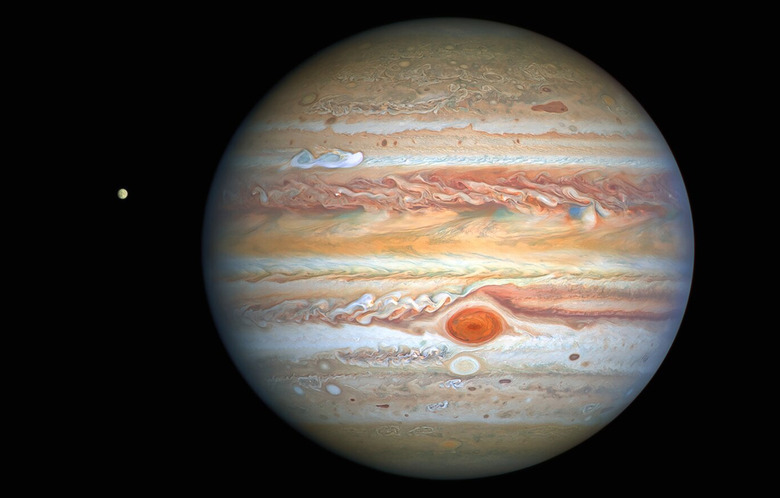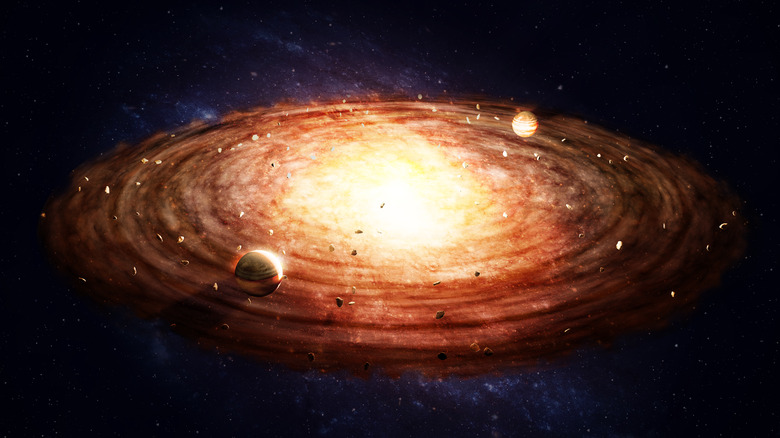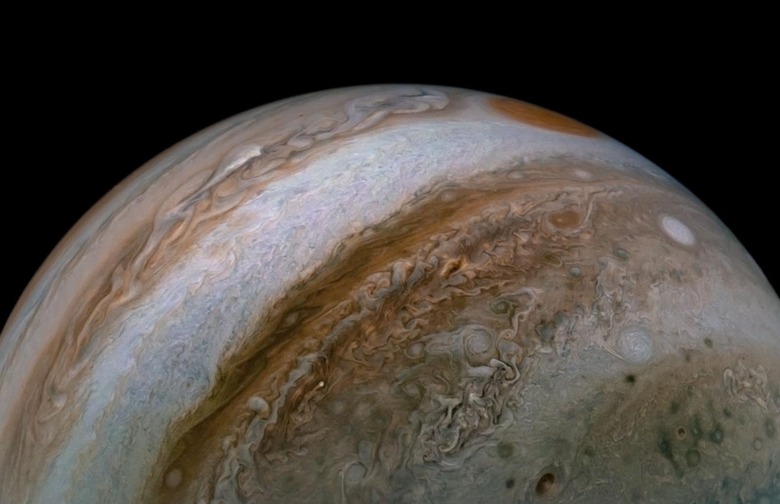Scientists Discovered A Massive Exoplanet Nine Times Bigger Than Jupiter
Scientists have discovered a massive exoplanet forming that is estimated to be nine times bigger than Jupiter. The planet is still in the proverbial "womb" and has brought new challenges to what we understand about planetary formation.
Changing what we understand about planetary formation
We've seen some interesting discoveries over the years, especially when it comes to exoplanets. We've discovered exoplanets with similarities to Earth, as well as Jupiter-like planets with inhospitable atmospheres. The newest exoplanet, though, is still forming.
The new exoplanet is currently 508 light-years away from the Earth. It's embedded in an expansive disk made of dust and gas which surrounds a star named AB Aurigae. The newest discovery, titled AB Aur b, is one of the largest exoplanets that we've discovered beyond our solar system. In fact, it's currently approaching the maximum size that a planet can be before it's classified as a brown dwarf. Brown dwarfs are bigger than a planet but smaller than a star.
Planets like this forming exoplanet are known as protoplanets. Previously we'd only observed an exoplanet forming around one other star. Further, all of the previous exoplanets we've discovered orbit around their stars within the same distance as our Sun and the planet Neptune.
However, this new planet orbits three times as far as Neptune from the Sun. That's almost 93 times the distance between the Earth and Sun. Because this exoplanet's birth is so different from anything else we've observed, it's completely changing what we know about planetary formation.
Discovering an enormous exoplanet forming in space
Scientists discovered the exoplanet forming near AB Aurigae using the Subaru Telescope. This particular instrument is located near an inactive volcano in Hawaii, giving them an interference-free look at it. They also looked at the system using the Hubble Space Telescope.
Based on all the evidence they've found so far; the scientists believe that this is the earliest stage of formation we've ever observed in a gas giant. Further, it appears to be growing in a way that we weren't aware of with gas giants at this distance from their stars.
Typically, we believed most planets formed slowly as solids grew around a rocky core, study co-author Olivier Guyon says (via EuroNews). Gas giants would gather solids until they become massive enough to start accreting gas. However, with this new exoplanet forming, it appears to be following a different method of birth.
That process doesn't work if the planet is too far from the star, though. And, since this new exoplanet is 93 times further from its star as the Earth is from the Sun, it had to form using a different method. Instead, researchers believe that AB Aur b is forming as the disk around the star cools off. Gravity then pulls fragments into large, massive clumps that later form into planets.
Planetary formation is a messy business, and it seems, even more complex than we might have originally thought.


